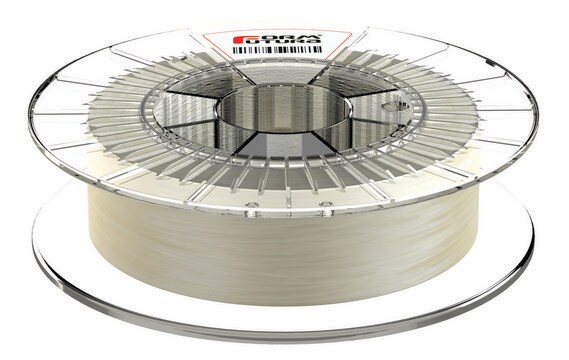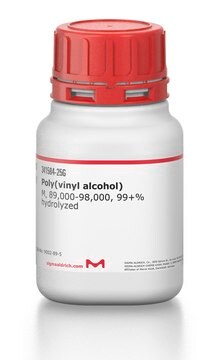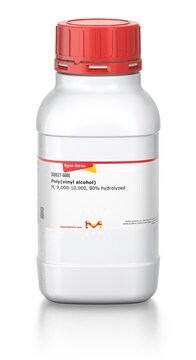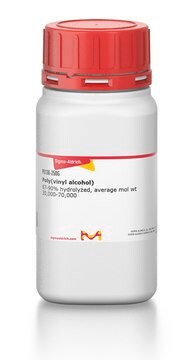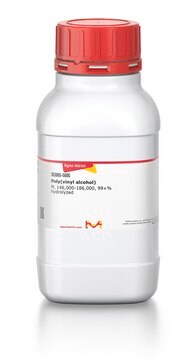901034
Polyvinyl alcohol (PVA) blend printing filament
1.75 mm
Sinonimo/i:
AtlasSupport™, PVA blend filament
About This Item
Prodotti consigliati
Livello qualitativo
Descrizione
Filament roundness: ≥95%
Melt flow rate: 2.3 g/10 min
Melt temperature: ±163 °C
Print temperature: ±180-205 °C
Specific gravity: 1.22 g/cc
Spool Hub Diameter: 52 mm
Spool Size (DxH): 200 mmx55 mm
Vicat softening temperature: ± 60.2 °C
Forma fisica
solid (filament)
Colore
orange, natural
Diametro
1.75 mm±0.05 mm (filament diameter)
InChI
1S/C2H4O/c1-2-3/h2-3H,1H2
IMROMDMJAWUWLK-UHFFFAOYSA-N
Cerchi prodotti simili? Visita Guida al confronto tra prodotti
Categorie correlate
Descrizione generale
Applicazioni
Note legali
Codice della classe di stoccaggio
11 - Combustible Solids
Classe di pericolosità dell'acqua (WGK)
WGK 1
Punto d’infiammabilità (°F)
49.5 °F - closed cup
Punto d’infiammabilità (°C)
9.7 °C - closed cup
Scegli una delle versioni più recenti:
Certificati d'analisi (COA)
Non trovi la versione di tuo interesse?
Se hai bisogno di una versione specifica, puoi cercare il certificato tramite il numero di lotto.
Possiedi già questo prodotto?
I documenti relativi ai prodotti acquistati recentemente sono disponibili nell’Archivio dei documenti.
I clienti hanno visto anche
Il team dei nostri ricercatori vanta grande esperienza in tutte le aree della ricerca quali Life Science, scienza dei materiali, sintesi chimica, cromatografia, discipline analitiche, ecc..
Contatta l'Assistenza Tecnica.